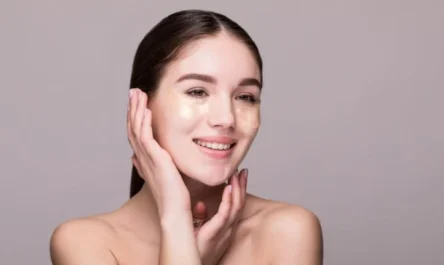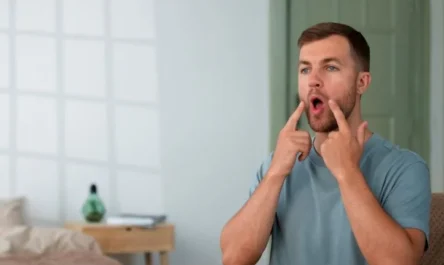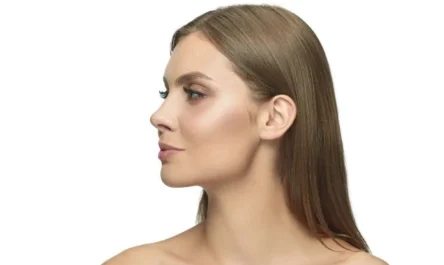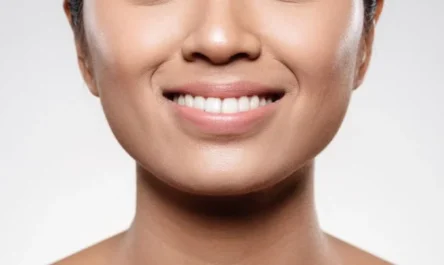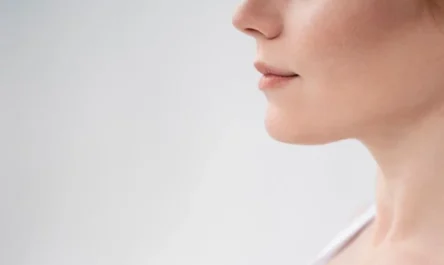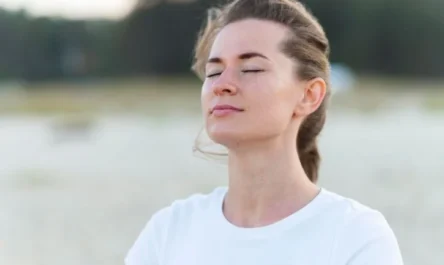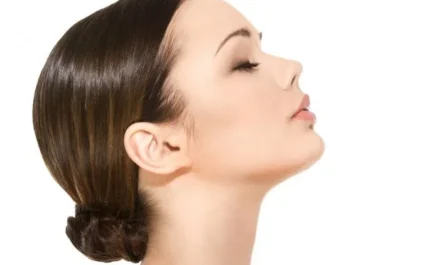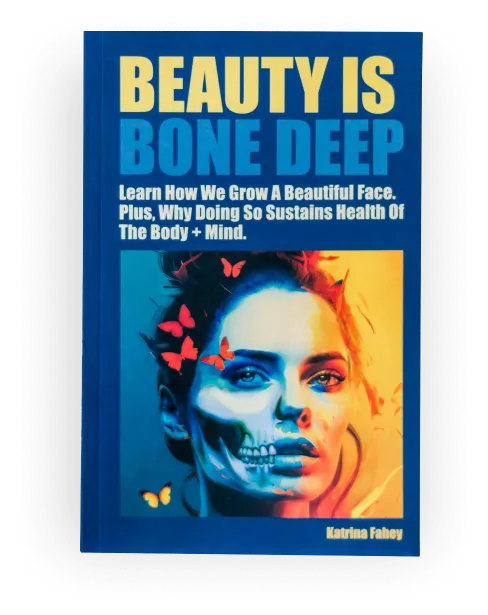Ageing and a receding chin
As you age, there can be changes in your facial structure, including a reduction in bone density and changes in soft tissue which could contribute to the appearance of a receding chin. The drooping skin theory of facial ageing has led to an obsession with lip and cheek fillers, which only provide temporary fixes and do not address the root cause of weak jaws.
Procedures like chin implants and lip augmentation are sought after to compensate for deficient maxilla-mandible development. If your maxilla does not grow forward and laterally but remains retracted, your lower jaw faces one of two options when solving the problem of ‘how do I make contact with the recessed upper jaw’?
Option one is that the lower jaw tucks in behind the narrow upper, skewing its growth pattern so that it grows more vertical height and less definition. This growth pattern is typically called a “weak chin” as it merges with the neckline.
Conversely, the second dysfunctional option, the mandible faces, is to rise to a significantly shortened top jaw, creating a square jaw appearance characteristic of a more “short-face syndrome.” In mild cases, the facial profile is characterised by a pointy nose and chin that appear too close together, with retracted lips. In more severe cases, the lower jaw juts out further than the top jaw as the lower dentition angles inward to bite with the top teeth.
How to fix a receding chin
Mouth breathing can result in a recessed chin due to changes in how the muscles of your face and jaw are used. A recessed chin not only affects facial appearance but also impacts proper bite alignment. Lifestyle and proper exercises can effectively change the contouring of your face and should be practised under the direction of a craniofacial health coach.
By using a palate expander, you can effectively grow bone facial structure, resulting in increased height and width. When your skull has grown optimally, it provides better support for skin and soft tissues, eliminating the signs of saggy chin, a common complaint related to ageing.
Other ways to fix receding chin symptoms
Good posture
Keeping a straight spine, your shoulders back, and your head held high, you can positively impact the appearance of your jawline.
Chin Tucks
Gently tuck your chin toward your chest, creating a double chin, hold for a few seconds, then repeat.
Jaw Exercises
Chew gum or practise additional jaw exercises to strengthen the muscles that surround your jawline.
Neck and Jaw Stretches
Integrate stretches into your routine to improve muscle flexibility and tone.






